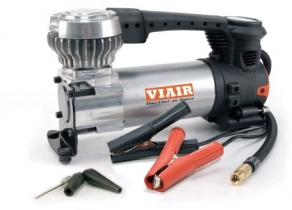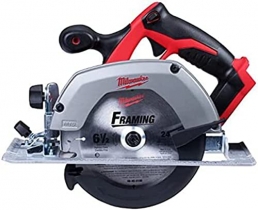-
Welcome to Tacoma World!
You are currently viewing as a guest! To get full-access, you need to register for a FREE account.
As a registered member, you’ll be able to:- Participate in all Tacoma discussion topics
- Communicate privately with other Tacoma owners from around the world
- Post your own photos in our Members Gallery
- Access all special features of the site
How to diagnose front wheel bearing failure - 2nd Gen
Discussion in 'Technical Chat' started by DaVikes, Jun 11, 2014.


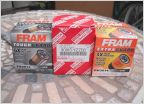 Toyota Oil Filter (Made in Thailand) vs. the competition........
Toyota Oil Filter (Made in Thailand) vs. the competition........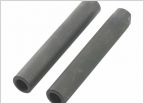 Heavy duty steering rack
Heavy duty steering rack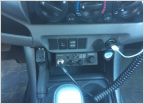 USB Power
USB Power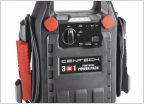 Can I use a jump starter kit to power car head unit for shop radio
Can I use a jump starter kit to power car head unit for shop radio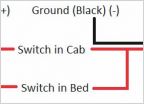 Question: Double Switch DIY Lighting
Question: Double Switch DIY Lighting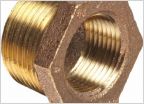 Hose Adapter Search Help
Hose Adapter Search Help

